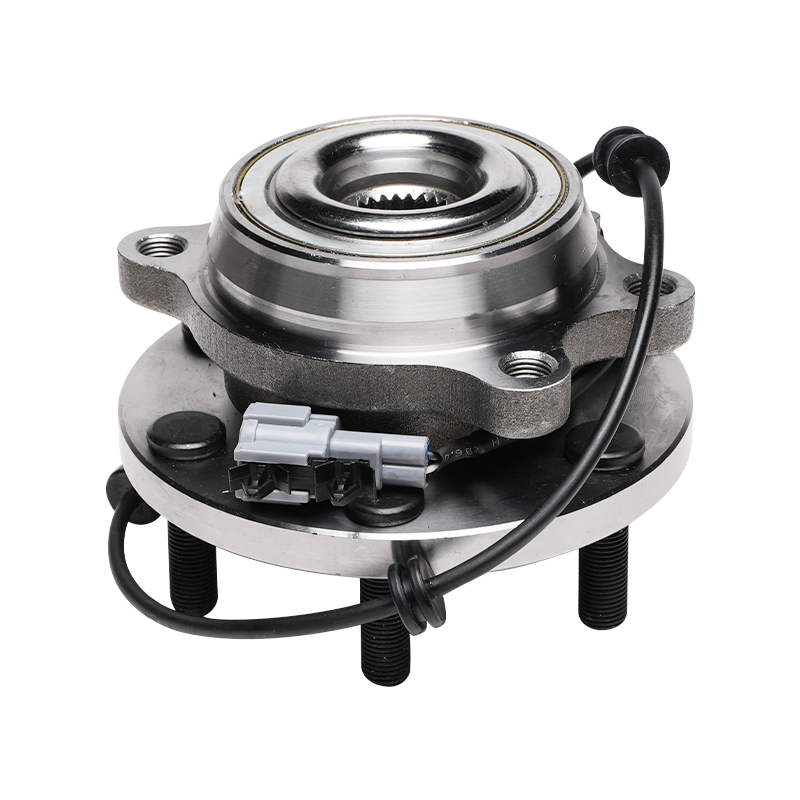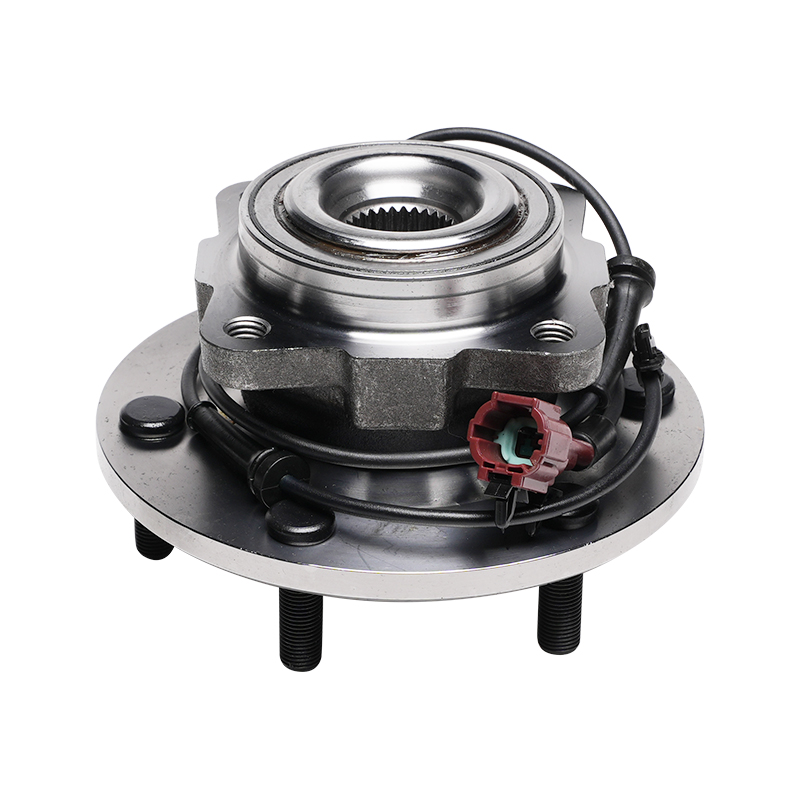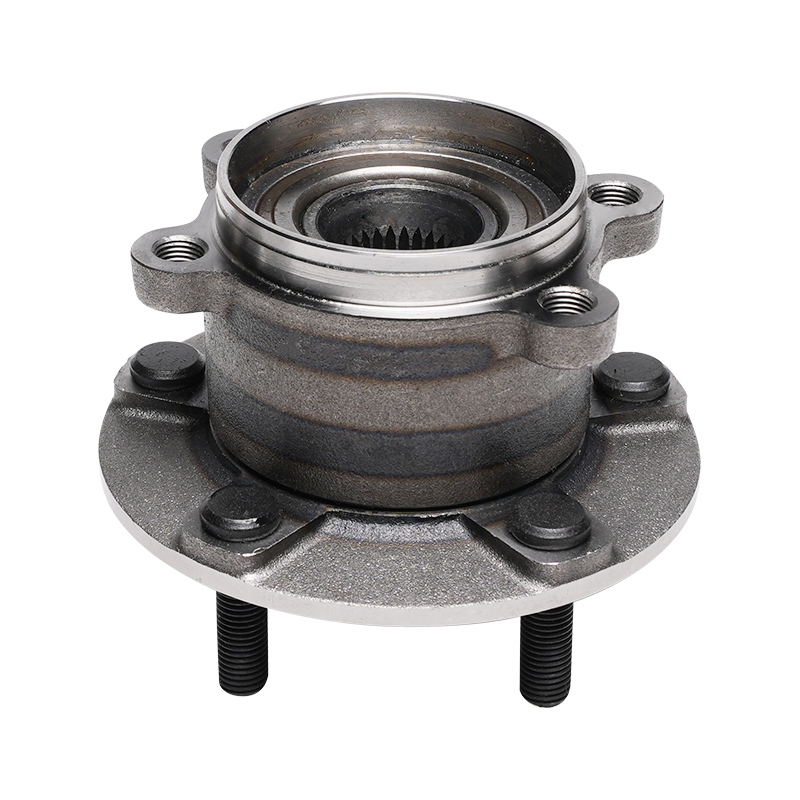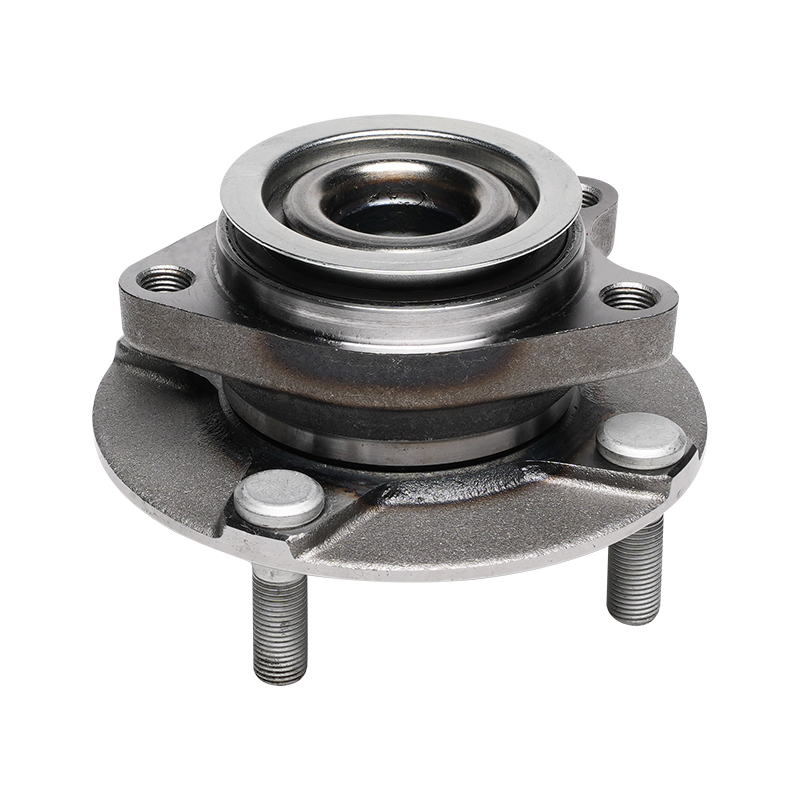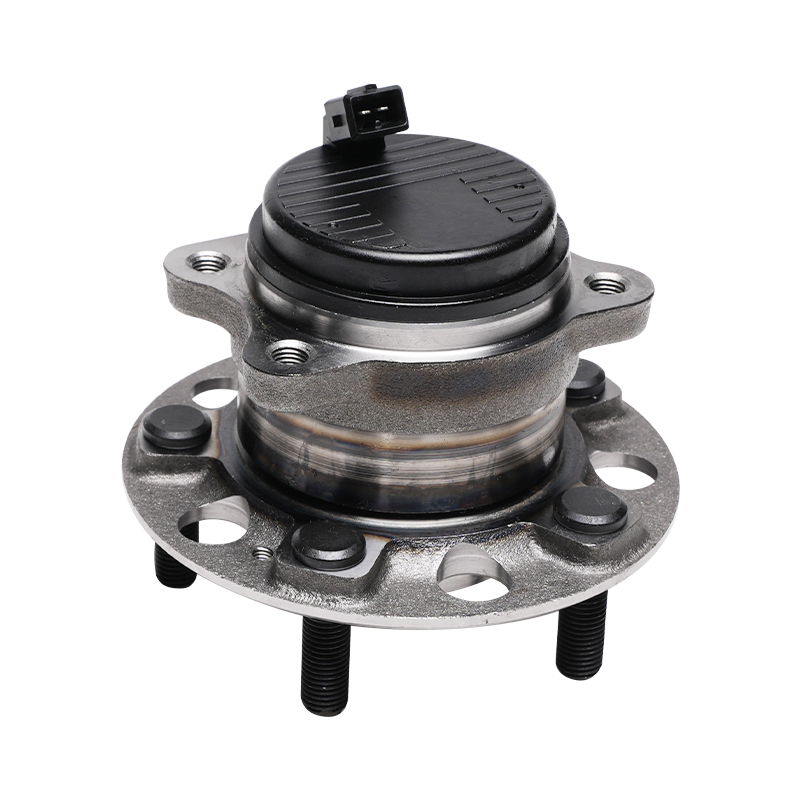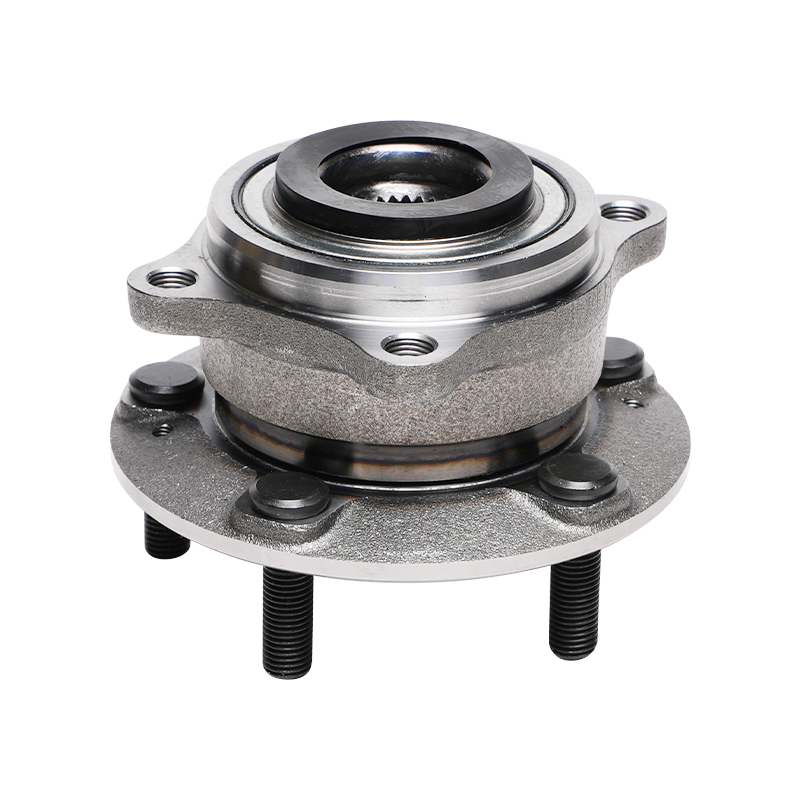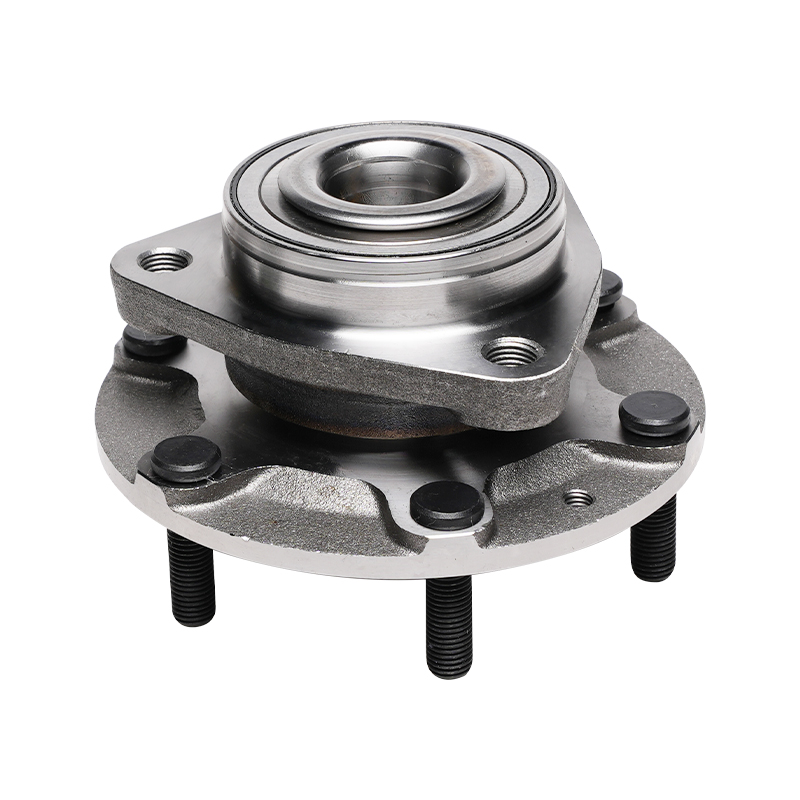Request for a call today
Wheel hub assemblies: Fusion of performance and aesthetics
 2025.07.08
2025.07.08
 Industry News
Industry News
Among the many parts of a car, the wheel hub assemblies may not be the most eye-catching, but they are the key to ensuring the safe driving of the vehicle and affecting the performance and appearance of the vehicle. From the most basic means of transportation to the racing car that pursues extreme speed, the wheel hub assemblies have always played an indispensable role.
Composition of wheel hub assemblies
Wheel hub assemblies are mainly composed of rims, spokes, hub center discs and other parts. The rim is the part that directly contacts and supports the tire. Its size and shape not only determine the installation specifications of the tire, but also have an important impact on the driving stability and handling of the vehicle. The spokes connect the rim and the hub center disc, which plays the role of transmitting power and supporting the rim. Different spoke designs vary in strength, weight and aesthetics. The hub center disc is the part installed on the axle to ensure that the entire hub assembly can rotate smoothly around the axle. Its accuracy and quality are directly related to the dynamic balance performance of the wheel.
Working principle revealed
When the vehicle is driving, the power output by the engine is transmitted to the wheel hub assembly through the transmission system. The center disk of the wheel hub drives the spokes to rotate, which in turn drives the rim and tire to rotate together. In this process, the rim not only has to bear the road reaction force transmitted by the tire, but also has to ensure that the tire is always in the correct working state. For example, when turning, the rim needs to provide sufficient lateral support to prevent the tire from excessive side slipping and ensure that the vehicle is driven according to the driver's intention. While transmitting power, the spokes evenly distribute the weight of the vehicle to the rim and tire to maintain the balanced operation of the wheel.

Innovation of materials and processes
Early wheel hubs were mostly made of steel. Although they were strong, they were heavy, which was not conducive to the fuel economy and handling performance of the vehicle. With the development of materials science, aluminum alloy materials have gradually become the mainstream of wheel hub manufacturing. Aluminum alloy wheel hubs have the advantages of light weight, good heat dissipation, and beautiful appearance. They can effectively reduce the unsprung mass of the vehicle and improve the acceleration performance, braking performance and handling stability of the vehicle.
In terms of manufacturing technology, casting and forging are two common methods. The casting process is relatively low-cost and can produce a variety of complex shapes, but it is slightly inferior to the forging process in terms of strength and density. Forged wheels are formed by applying pressure to metal billets to shape them. The wheels produced by this process have higher density and strength, can withstand higher loads, and are often used in high-performance cars and racing fields.

Wheel hub assemblies and vehicle performance
The performance of wheel hub assemblies has many effects on the overall performance of the vehicle. The first is handling performance. Wheels of appropriate size and design can improve the steering response speed and stability of the vehicle. For example, increasing the wheel diameter and matching it with tires with a lower aspect ratio can reduce the roll of the vehicle and improve cornering performance, but at the same time it may also sacrifice some comfort. The second is braking performance. Good wheel heat dissipation performance can effectively reduce the temperature of the brake system, reduce brake fade, and ensure that the vehicle can respond quickly during emergency braking. The lightweight design of the wheel can also improve the acceleration performance and fuel economy of the vehicle.
Wheel hub assemblies, with their unique structure and performance, not only ensure the safe driving of vehicles, but also provide a broad space for improving the performance and personalized modification of vehicles. Whether it is a racing driver pursuing extreme performance or an ordinary car owner who pays attention to the appearance of the vehicle, they can find their own value in the continuous development and innovation of wheel hub assemblies.

